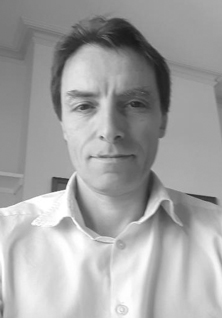Castelporziano Lectures
Per proteggere le aree naturali dobbiamo tenere le persone fuori o portarle dentro?
Fabio Attorre
Il futuro di un’area protetta è nelle mani di chi vive nei suoi dintorni: solo se l’area protetta è percepita come patrimonio comune, i cittadini saranno disposti a difenderla da interessi economici e politici sul lungo termine. Proprio per questo un’area protetta deve essere accessibile e inclusiva: quest’approccio consente di generare affezione nella comunità che vive nei dintorni. I cittadini devono essere accolti, come accade ora a Castelporziano, con modalità che limitino i rischi per la tutela di piante e animali. E se è vero che si protegge ciò che si ama e si ama ciò che si conosce, bisogna far innamorare la comunità della “sua” area protetta. Come riuscire, allora, a coniugare la tutela di un’area con la sua fruibilità? E quali esperienze possono riuscire a creare un legame profondo tra cittadini e aree naturali, che garantisca loro un futuro?
To protect natural areas do we need to keep people out or bring them in?
The future of a protected area is in the hands of those who live in its surroundings: only if the protected area is perceived as a common heritage, the citizens will be willing to defend it from long-term economic and political interests. Precisely for this reason, a protected area must be accessible and inclusive, otherwise allows to generate affection in the community that lives in the surroundings. Citizens must be welcomed, as occurs in Castelporziano, in ways that limit the risks for the protection of plants and animals. And if it is true that you protect what you love and love what you know, you have to make the community fall in love with their protected area. How, then, to combine the protection of an area with its use? And what experiences can be able to create a deep bond between citizens and natural areas, which may guarantee them a future? Is the bird ringing the best “citizen science” model?

Fabio Attorre
Professore Associato di Botanica Ambientale e Applicata e Direttore dell’Orto Botanico presso la Sapienza Università di Roma. I suoi temi di ricerca principali sono la conservazione della biodiversità e lo sviluppo sostenibile nei paesi in via di sviluppo con attività progettuali in Africa australe, Medio Oriente, Balcani, centro e sud America ed Oceania. È autore di oltre di 150 pubblicazioni inerenti alla conservazione della biodiversità e gli impatti mediati dall’uomo come il cambiamento climatico e i processi di degrado del suolo.
Associated Professor of Environmental and Applied Botany and Director of the Botanical Garden at the “La Sapienza” University of Rome. His main research topics are biodiversity conservation and sustainable development in developing countries with project activities in southern Africa, the Middle East, the Balkans, Central, and South America, and Oceania. He is the author of more than 150 publications related to biodiversity conservation and man’s indirect impact, such as climate change and soil degradation processes.
